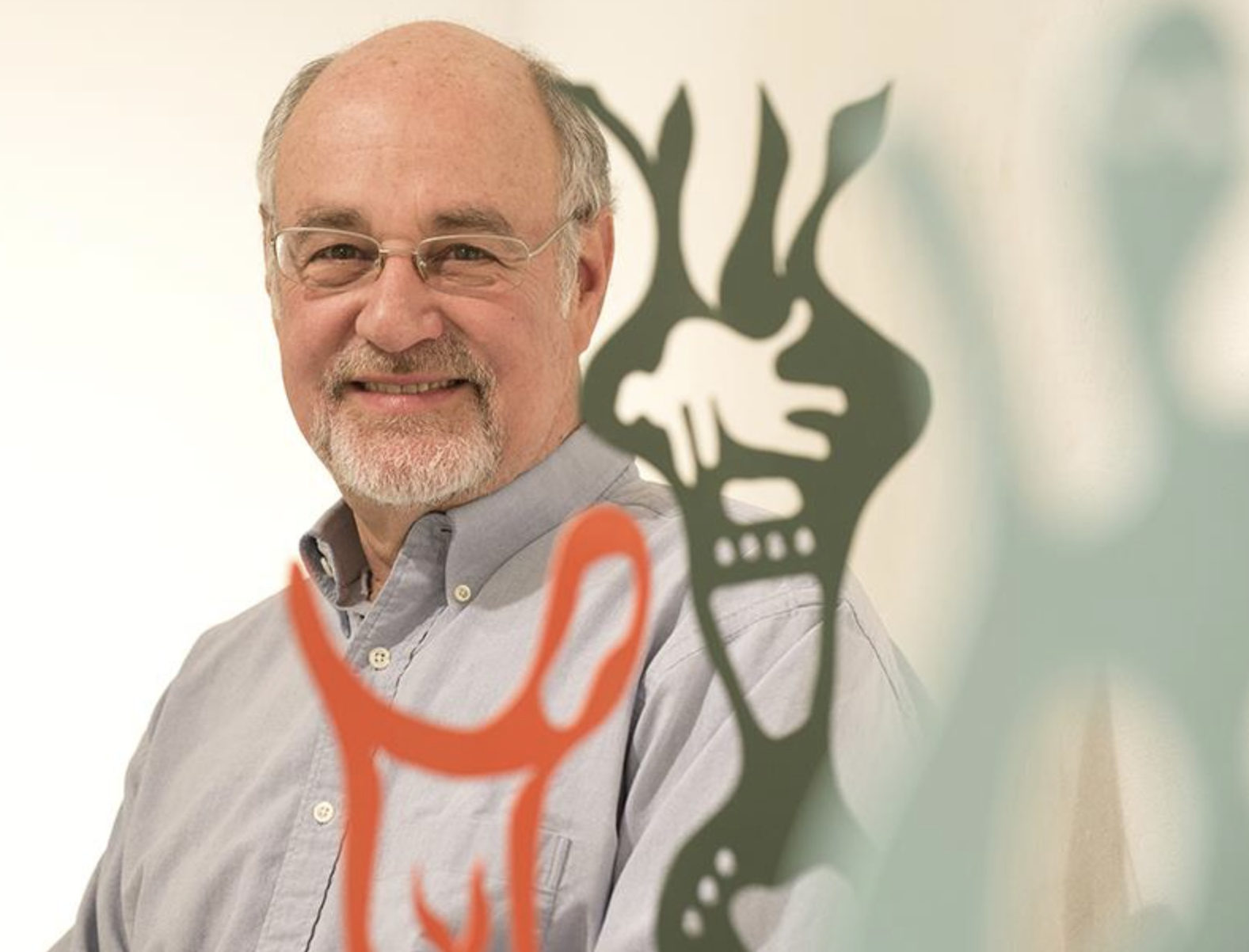
David Levine has degrees in Civil Engineering, Bio-Medical Engineering and Administration and for the past 37 years from 1975 has had the privilege of working in health care as CEO at the CLSC St.Louis de Parc, Mtl. 1975, the Verdun General Hospital, Mtl. 1982, Notre Dame Hospital, Mtl. 1992, the Ottawa Hospital, Ottawa, 1998 and the Agency of Health and Social Services of Montreal 2002. He has also been Junior Minister of Health in Quebec and Quebec\’s Delegate General for New York.
He now offers conferences on building leadership, the Quebec and Canadian health care system, personalized medicine as well as individual coaching of managers. He is a clinical professor at the University of Montreal and an adjunct professor at McGill University.
In 2012 after leaving the Agency to peruse other interests he discovers his passion for making sculptures in aluminum. He is inspired by a visit to an exhibition of the works of Alexander Calder (1898-1976), an American sculptor known for his wire sculptures, his very colorful mobiles and his large stabiles.
After building a studio in the country, David’s adventure begins and a year and a half later he decides to hold an exhibition of his work, the 16th of January 2014. Images of Inuit and Aboriginal figures as well as those from a fantasy world appear in his art which is continually evolving with each new project.
In 2016 Mr. Levine decided to return to University in the Faculty of Fine Arts at Concordia, Montréal as a full time student.
\”Having my work criticized and evaluated by professors and other students is a powerful way to better understanding what I am trying to say and how to say it.\”
\”The ideas for my sculptures emerge from my fascination of \”How Things Work\” and it is the pleasure I get from trying to figure out how different shapes from my imagination can be put together to form a sculpture that can bring pleasure to the observer as well as stimulate the imagination.\”